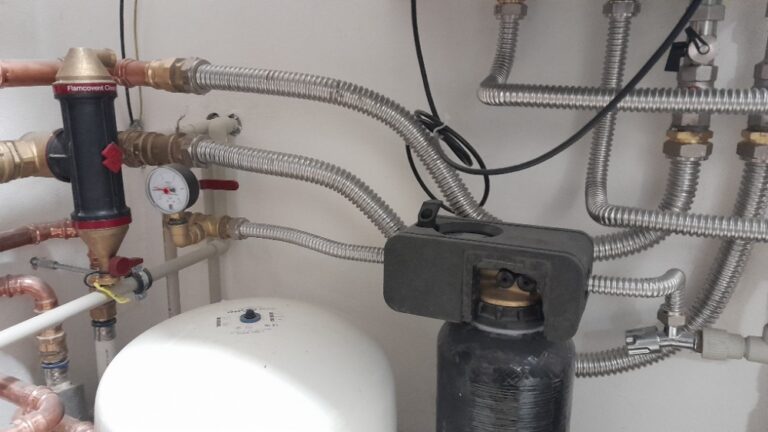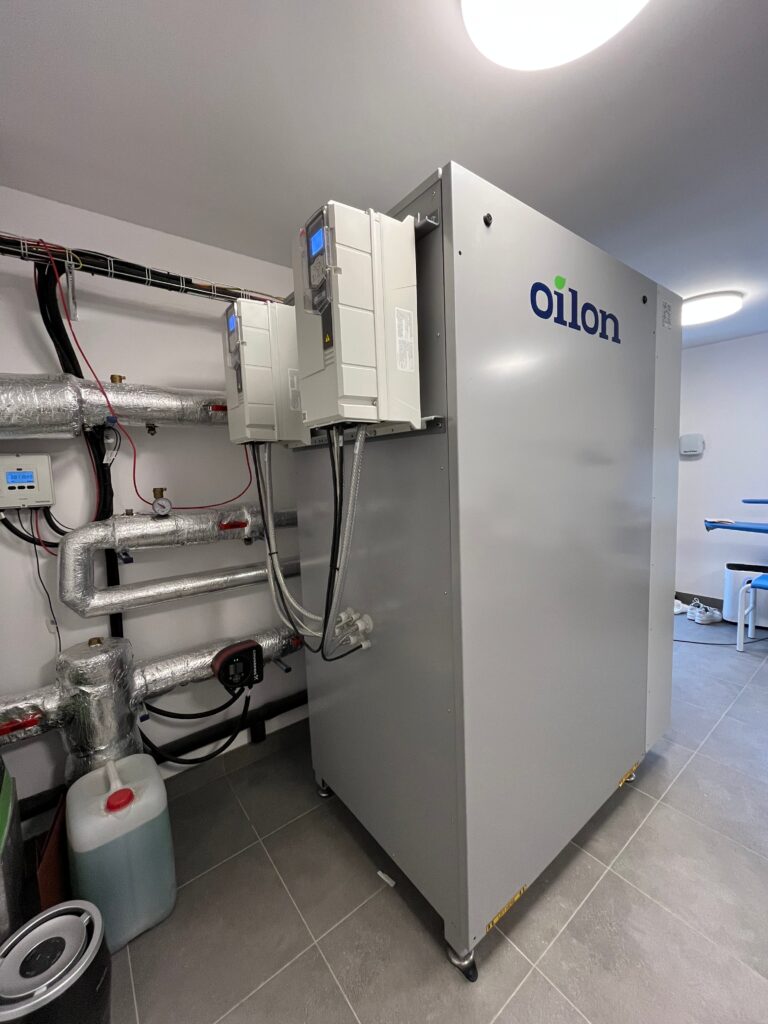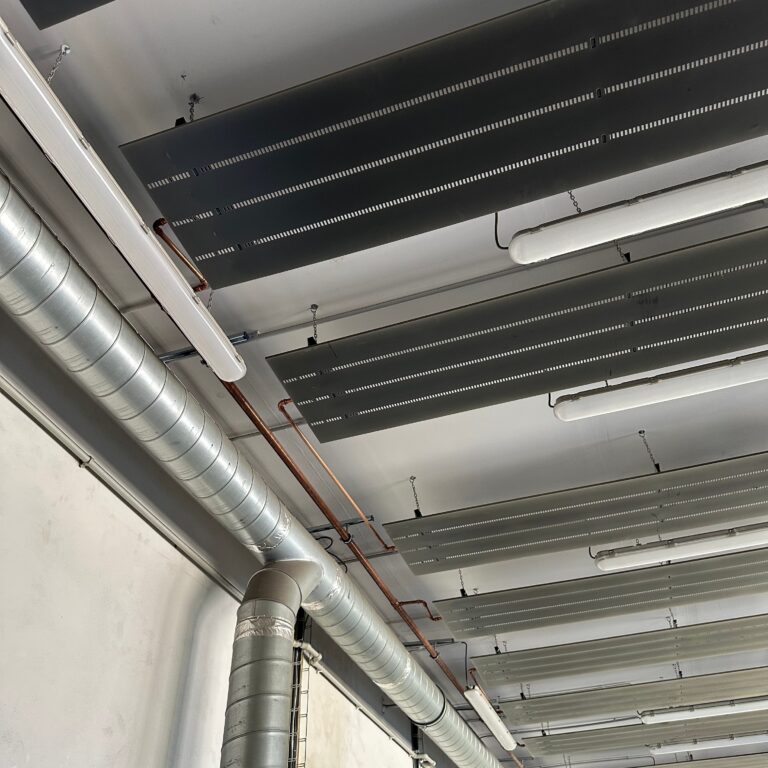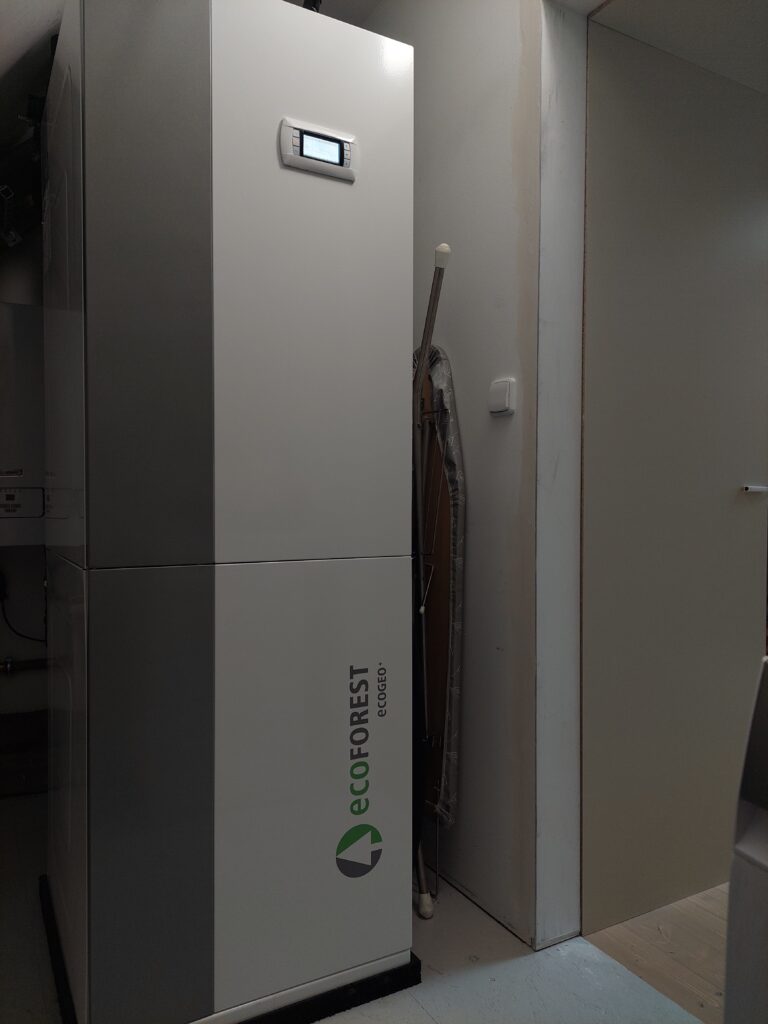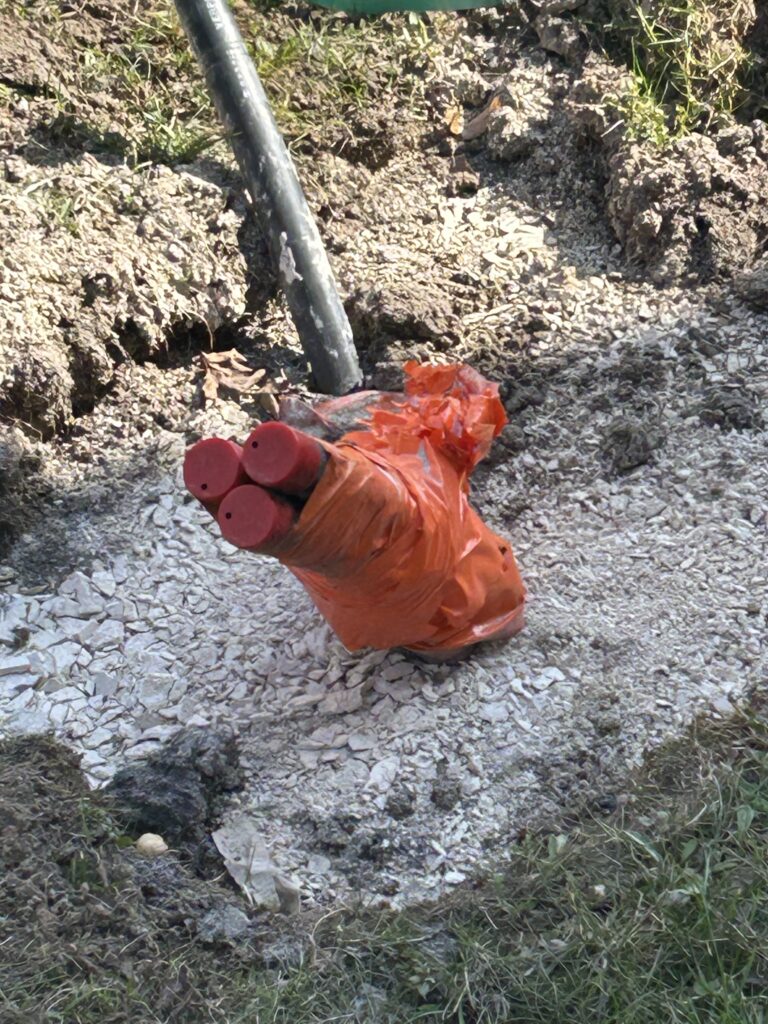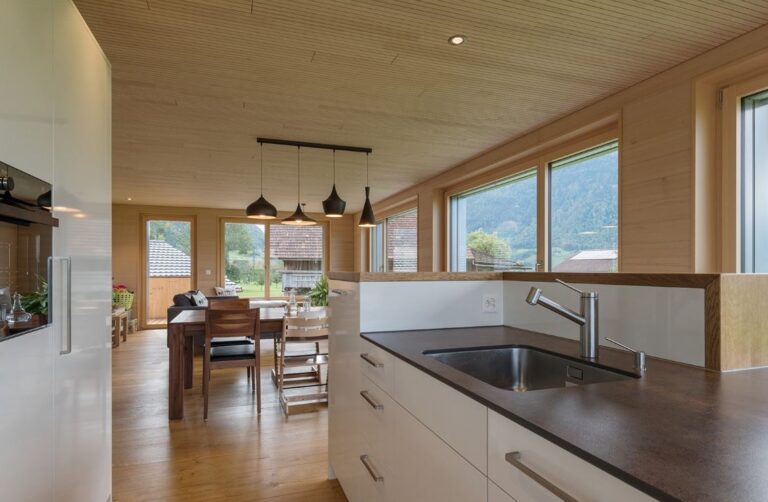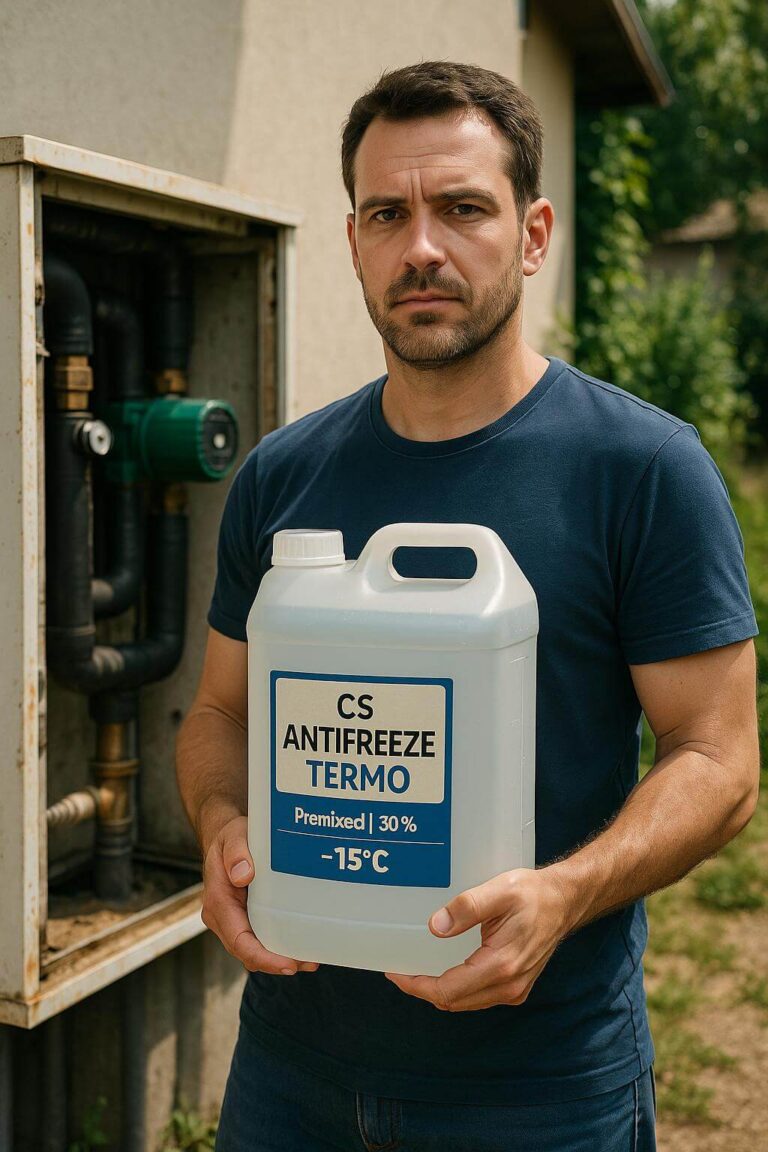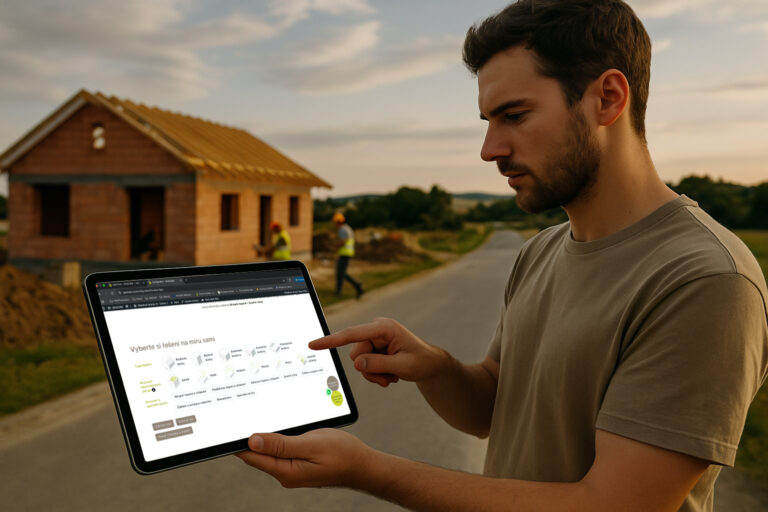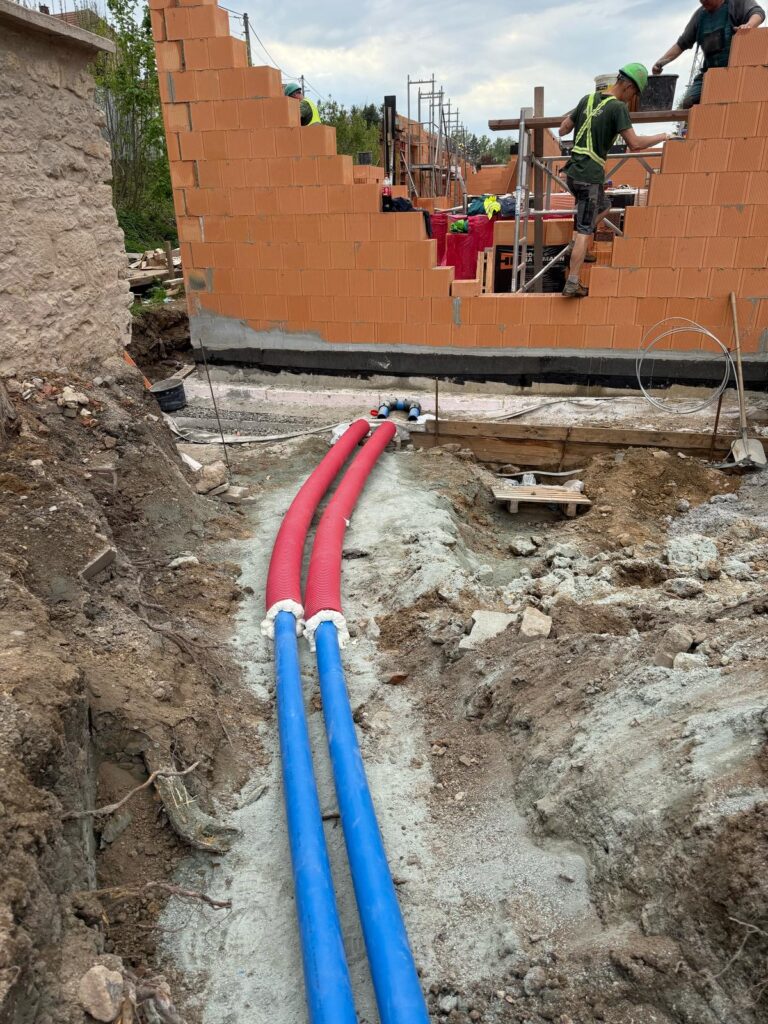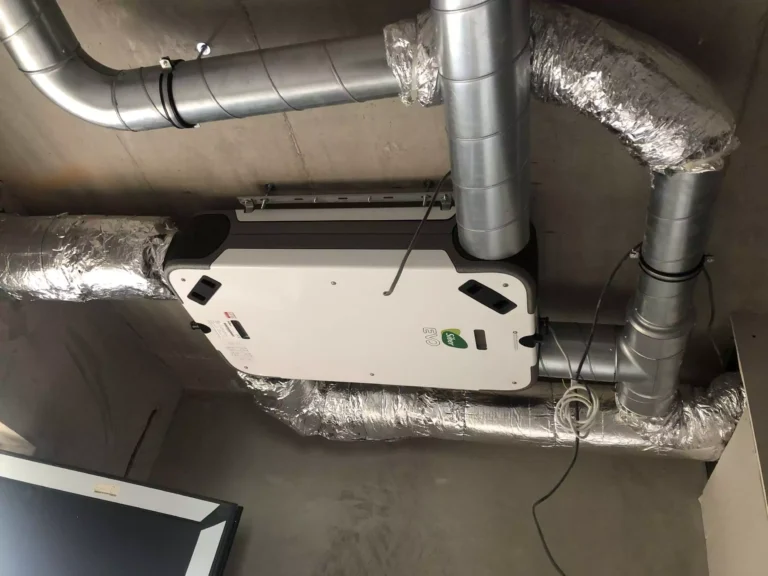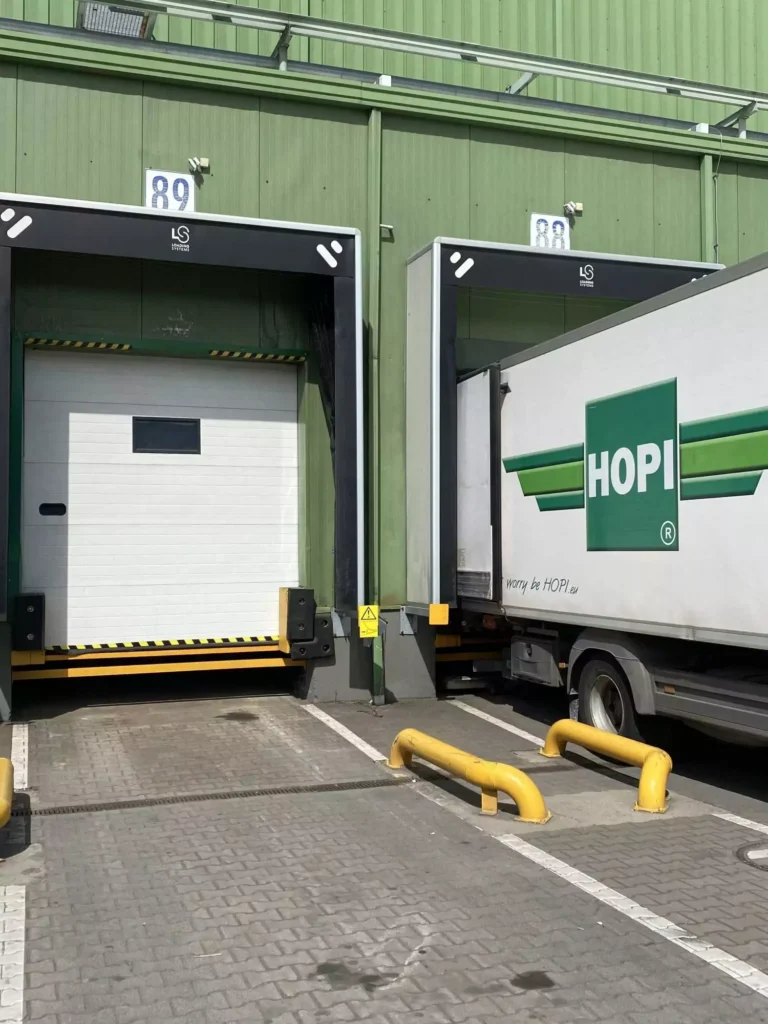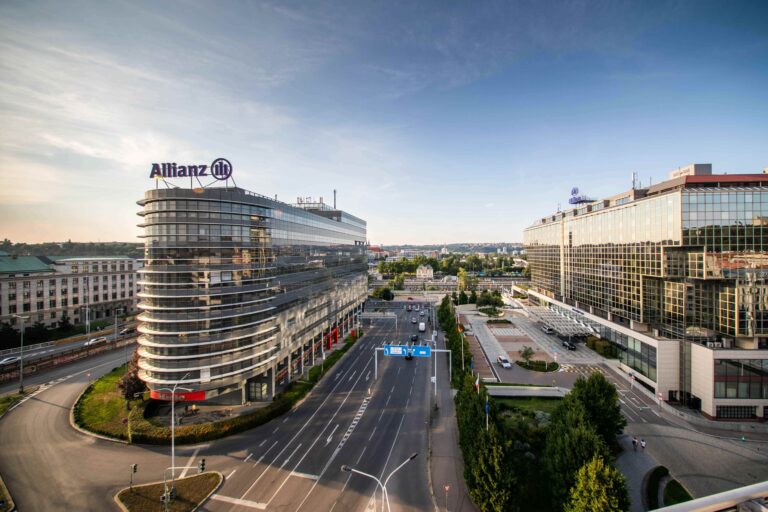Tepelná čerpadla jsou obvykle spojována s vysokými pořizovacími náklady a s vytápěním moderních novostaveb, opak ovšem zůstává pravdou a v případě tepelných čerpadel (dále také TČ) platí, že čím je tepelná ztráta domu vyšší, tím je provozem TČ dosaženo větších úspor.
Princip tepelného čerpadla
Na jakém principu tepelné čerpadlo funguje? Je to jednoduché, představte si ledničku. Obraťte její funkci a získáte představu o tom jak funguje tepelné čerpadlo. Tepelná energie je odebírána ze země, vzduchu nebo vody a díky cyklu v tepelném čerpadle se převádí na vyšší úroveň, kde je vhodná pro použití pro vytápění (resp. ohřev vody). Tepelné čerpadlo pracuje s primárním a sekundárním okruhem. Primární je ten, který je v kontaktu s přírodou. Sekundární okruh, to je soustava radiátorů, podlahového vytápění, stropního sálavého systému ve vašem domě. A proč TČ nejvíce pomůže majitelům starších domů?
1. Zhodnocení
Tepelné čerpadlo je plnohodnotným a kvalitním zdrojem vytápění, které snižuje náklady na výrobu tepla a v případě rekonstruovaného domu nebo nezatepleného objektu je investice do TČ návratná v horizontu několika let a zhodnocuje tak vaši nemovitost. Na pořízení TČ můžete využít také státem poskytovaných kotlíkových dotací nebo finančního příspěvku Zelená úsporám. Kritériem získání dotace je využití akumulační nádoby v topné soustavě s tepelným čerpadlem.
2. Hybridní řešení
Hybridní systém umožňuje chytře zpracovávat tepelnou energii kombinací ze vzduchu a země. Tento systém lze vhodně doplnit elektrárnou z fotovoltaických článků, která pokryje elektrickou spotřebu domu i tepelného čerpadla. Jsou uspořeny finance, které by jinak byly vynaloženy na provoz a údržbu neekologických topných systémů. Váš stávající plynový či elektrický kotel, nebo krb s výměníkem ale může stále sloužit jako doplňkový či záložní zdroj tepla.
3. Efektivní regulace
Komfort tepelného čerpadla v domácím prostředí doprovází možnost nastavení pokojové teploty a ovládání přes rozhraní Wi-Fi. Preference teploty v místnosti jsou často individuální. Někdo tráví většinu času v kanceláři a vrací se domů až večer, někdo preferuje teplejší, nebo chladnější prostředí. Vybrat si lze z individuálních regulací, které mají široké možnosti ovládání. Od standardních termostatů až po regulace na úrovni chytrých domácností.
4. Vytápění i chlazení
Tepelné čerpadlo je velmi univerzálním prostředkem, jak zachovat tepelnou pohodu v domácnosti jak v zimě, tak i v letních měsících. S tepelným čerpadlem získáte jeden zdroj pro vytápění ale i pro chlazení. Chlazení v systému vzduch/voda pak prospívá regenerovat teplotu v půdě. V mnoha případech TČ zajišťuje i ohřev bazénu. Systém tak umožňuje chytře zpracovávat tepelnou energii ze vzduchu nebo ze země v závislosti na sezónních podmínkách a požadavcích klienta.
5. Návratnost
Jelikož ceny tepelných čerpadel v posledním desetiletí klesly, zkracuje se i návratnost investice. Peníze vložené do tepelného čerpadla se většině domácností vrátí mezi 6 až 8 lety. Pro konkrétní ilustraci poslouží následující příklad. Efektivitu provozu ovlivňuje i topný faktor TČ (tzv. COP). Ten ukazuje poměr získané tepelné energie ke spotřebované elektrické energii. Topný faktor tedy ovlivňuje ekonomiku provozu tepelného čerpadla. Čím vyšší topný faktor je, tím účinnější je tepelné čerpadlo. Tepelné čerpadla ecoGEO se například pyšní jedním z nejvyšších COP na trhu.


